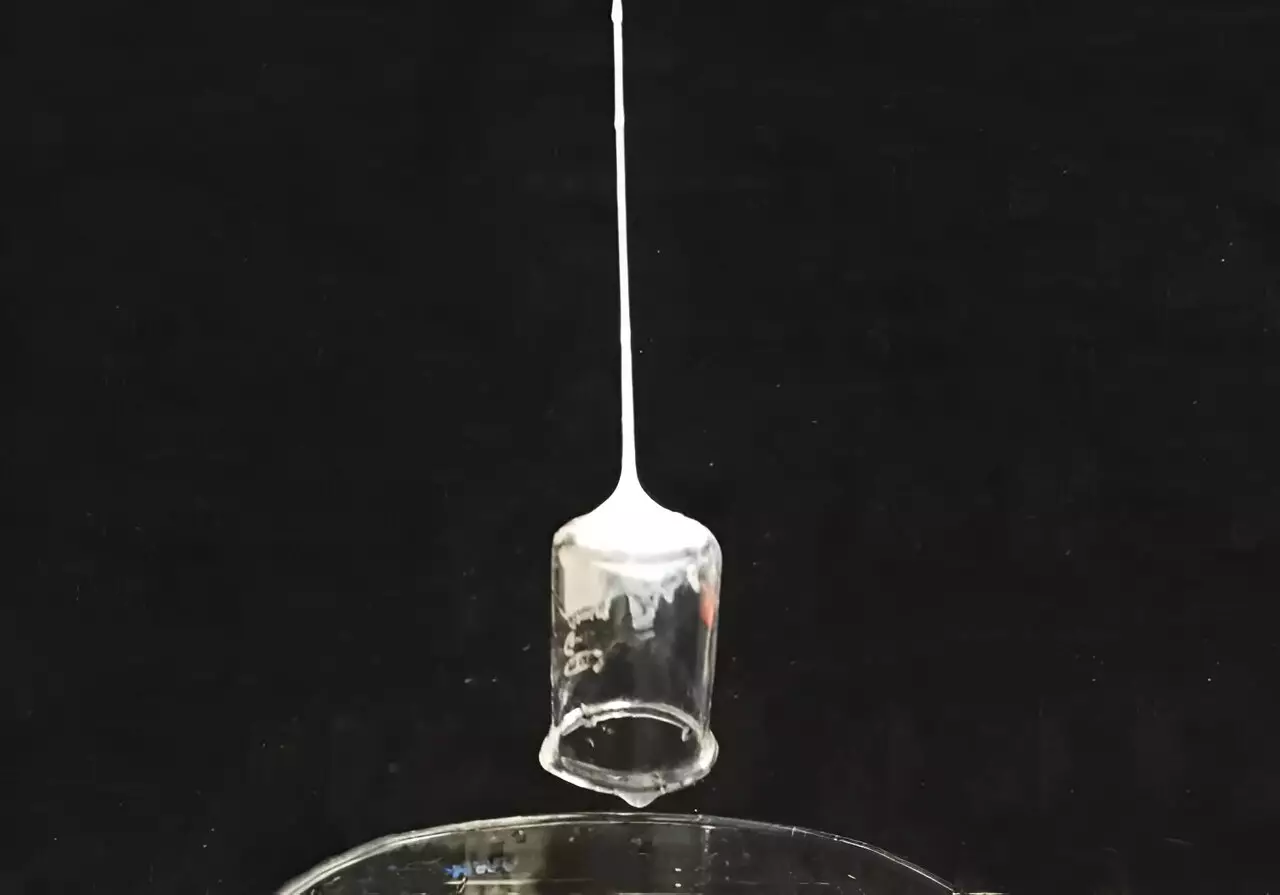For countless children, the allure of superheroes like Spider-Man has sparked dreams of swinging between skyscrapers, web-shooting, and foiling villains with effortless agility. This whimsical imagination has now been taken seriously by researchers at Tufts University, culminating in the development of cutting-edge web-slinging technology. Their work, published in the journal Advanced Functional Materials, delineates a groundbreaking leap in materials science, marrying inspiration from both the natural world and the endless possibilities of creative fiction.
The essence of this technology is a unique fluid material that can be expelled through a tiny needle, quickly solidifying into strands that can adhere to and lift various objects. At the heart of this innovation lies silk, extracted from moth cocoons, which is processed into its fundamental protein units known as fibroin. This silk fibroin solution can be extruded to form fibers that solidify upon exposure to air, showcasing a remarkable synthesis of engineering and biological inspiration.
The concept of utilizing silk is not a novel one; nature has long provided a blueprint for deploying fibrous materials. Numerous organisms—from spiders and ants to bees and butterflies—have evolved to produce silk throughout their life cycles. The researchers at Tufts sought to tap into the versatile properties of silk fibroin to develop various applications, ranging from adhesives that work underwater to biodegradable sensors. However, they faced a formidable challenge: replicating the nuanced abilities of spiders to manipulate the stiffness, elasticity, and adhesion of their silk threads.
A serendipitous discovery occurred during an adhesive project, wherein Marco Lo Presti, a research assistant professor, noticed a peculiar web-like formation while cleaning glassware with acetone. This became the catalyst for overcoming significant engineering hurdles inherent in mimicking spider silk. Typically, silk fibroin solutions would transition to a semi-solid state over time when exposed to solvents. However, by incorporating dopamine—a compound used in the adhesive process—the researchers were able to initiate a rapid solidification, akin to the natural processes found in spider silk production.
By effectively mixing silk fibroin solutions with dopamine and applying them through a coaxial needle, researchers could shoot a stream of silk enveloped in acetone. This method allows for instantaneous solidification in mid-air, leading to the formation of tough, sticky fibers resembling natural spider silk. These strands exhibit extraordinary tensile strength, achieving a capacity to lift objects that weigh up to 80 times their own weight.
To further enhance the properties of these fibers, the Tufts team incorporated chitosan—derived from insect exoskeletons—granting these artificial silk strands an impressive increase in strength. With the addition of borate buffer, the fibers’ adhesive qualities were significantly augmented, enabling them to stick better to various surfaces.
The results were astonishing. The diameter of the produced fibers varies from that of a human hair to about a half millimeter, showcasing the ability to tailor the technology for specific needs. In practical demonstrations, the researchers successfully lifted diverse objects, including heavy steel bolts and delicate laboratory equipment, using just the strength of these engineered fibers.
Lo Presti rightly observes the distinction between how spiders create webs and their proposed technology: “While spiders utilize their glands to spin silk upon contact with surfaces, we are pioneering a method to project a fiber over distance.” This signifies a fundamental shift in how engineers might conceptualize adhesion and manipulation across various fields.
Although the strength of natural spider silk remains approximately 1,000 times greater than that of their artificial counterpart, the innovation signals a vast potential for future applications. Engineers can push the boundaries of what is achievable, merging imagination with practical application in a way that might resemble superhero abilities.
This remarkable endeavor is a testament to the visionary potential of blending scientific prowess with creative narratives. As stated by Fiorenzo Omenetto, the director of the Silklab at Tufts University, “The intersection of imagination and engineering is where the magic happens.” The team’s work emphasizes the notion that inspiration can stem not only from nature but also from the realms of comics and science fiction, bridging the gap between fantasy and technology.
Looking ahead, the implications of web-slinging technology reach far beyond mere novelty. Its applications could extend into robotics, construction, medicine, and environmental conservation. With continued advancements, the future teems with promise, revealing a path where science fiction might not just inform, but also shape our ongoing relationship with the natural world and our technological ambitions. As researchers continue to explore this fascinating intersection, we may find ourselves one step closer to wielding our own superhero-like capabilities.


Leave a Reply